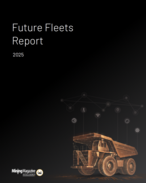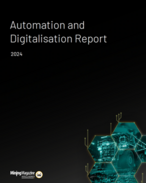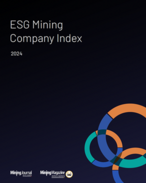This article is 12 years old. Images might not display.
Barry Brook, director of climate science at the University of Adelaide's Environment Institute, says Australia will eventually turn to nuclear power to meet its sustainable energy needs and will choose to focus on next-generation nuclear technology that provides better safety, waste and cost benefits.
"Coal, oil, and natural gas are the main cause of recent global warming and these fossil fuels must be completely replaced with clean sustainable energy sources in the coming decades if serious climate change impacts are to be avoided," Brook said.
"One particularly attractive sustainable nuclear technology for Australia is the integral fast reactor. Although the scientific community has known about the benefits of IFR-type designs for many years, there are currently none in commercial operation because the energy utilities are typically too risk averse to 'bet on' new technologies.
"IFRs are much more efficient at extracting energy from uranium, can use existing nuclear waste for fuel, produce far smaller volumes of waste that does not require long-term geological isolation, and can be operated at low cost and high reliability. They are also inherently safer than past nuclear reactors due to passive systems based on the laws of physics.
"In order to re-start the nuclear power debate in Australia, it is best to have a solution that overcomes as many public objections as possible: safety, constraints on uranium supplies, long-lived waste, cost, and proliferation. The IFR technology offers a vast improvement in all of these areas."
Brook's forecast timeline for nuclear power in Australia 2020
- Public and political debate heightens as need for reliable low-carbon electricity mounts 2025;
- First reactor contracts issued, small modular reactors built in outback mining sites 2030;
- 3 gigawatt electrical of nuclear power connects to national electricity grid 2040;
- Up to 5 GWe of new capacity being installed per year 2050;
- A total of 30-50 GWe installed, located at a dozen 'energy park' sites and various remote areas 2100; and
- 100 GWe installed for total energy displacement, including replacing oil and gas needs
This article first appeared in BEN-Global.























